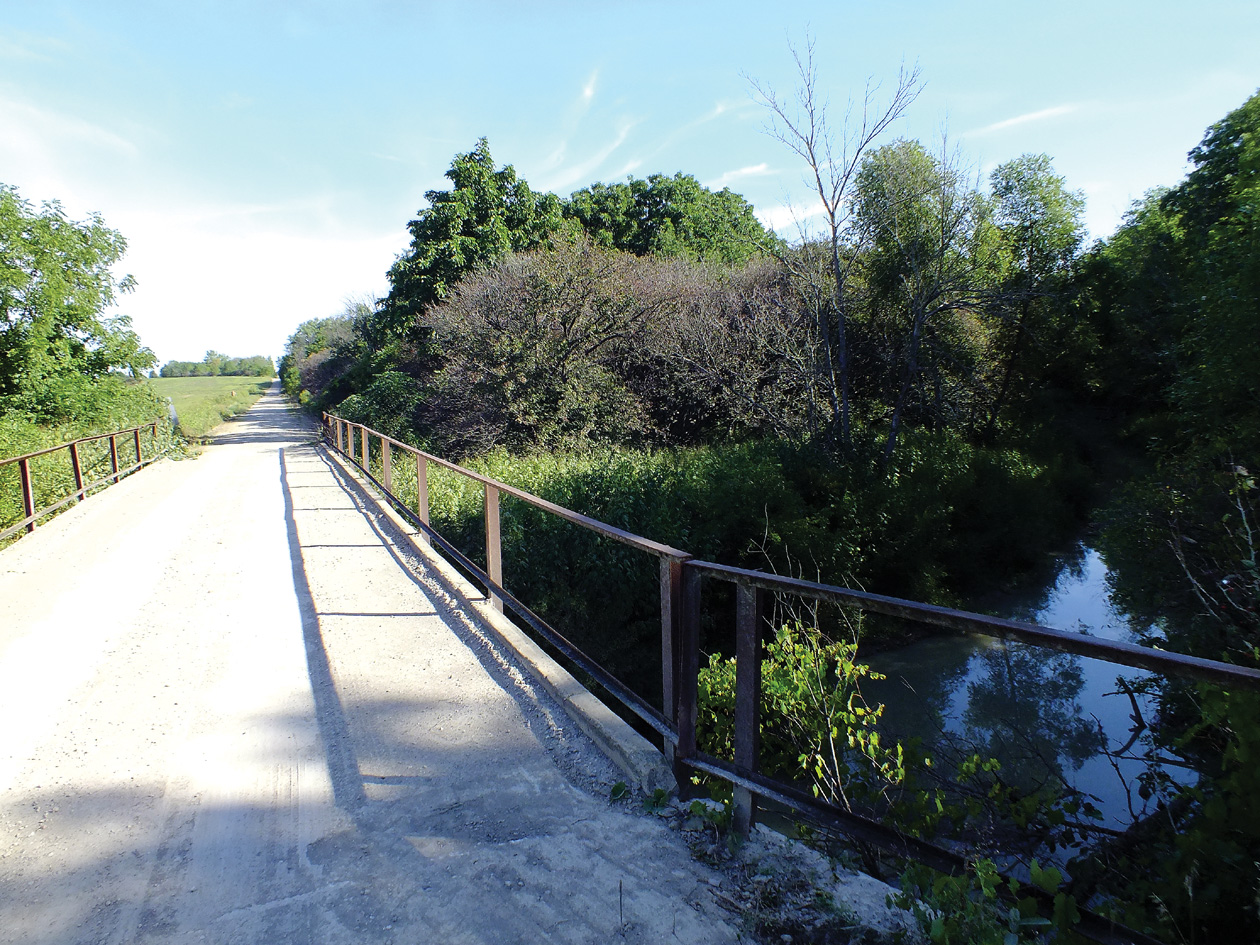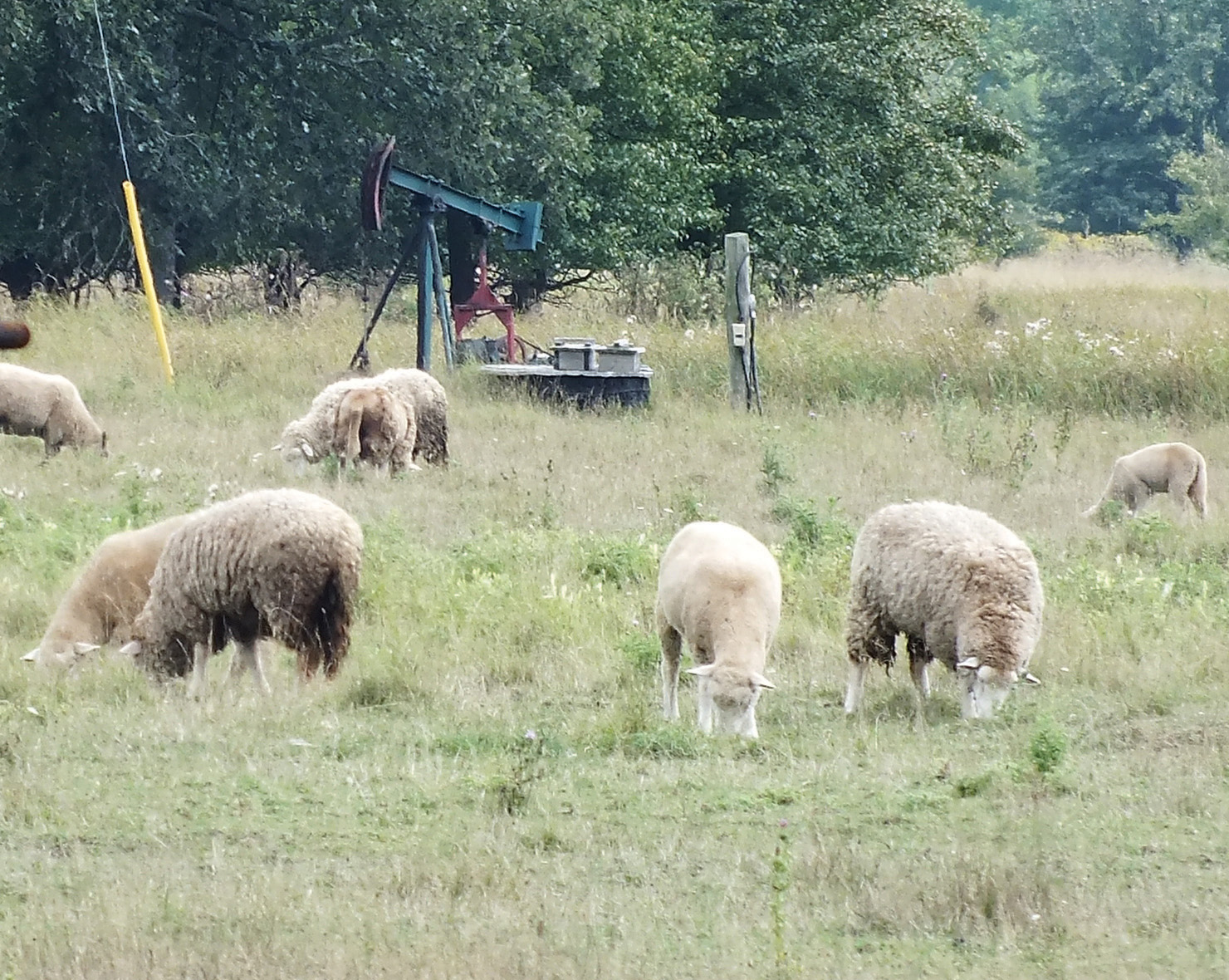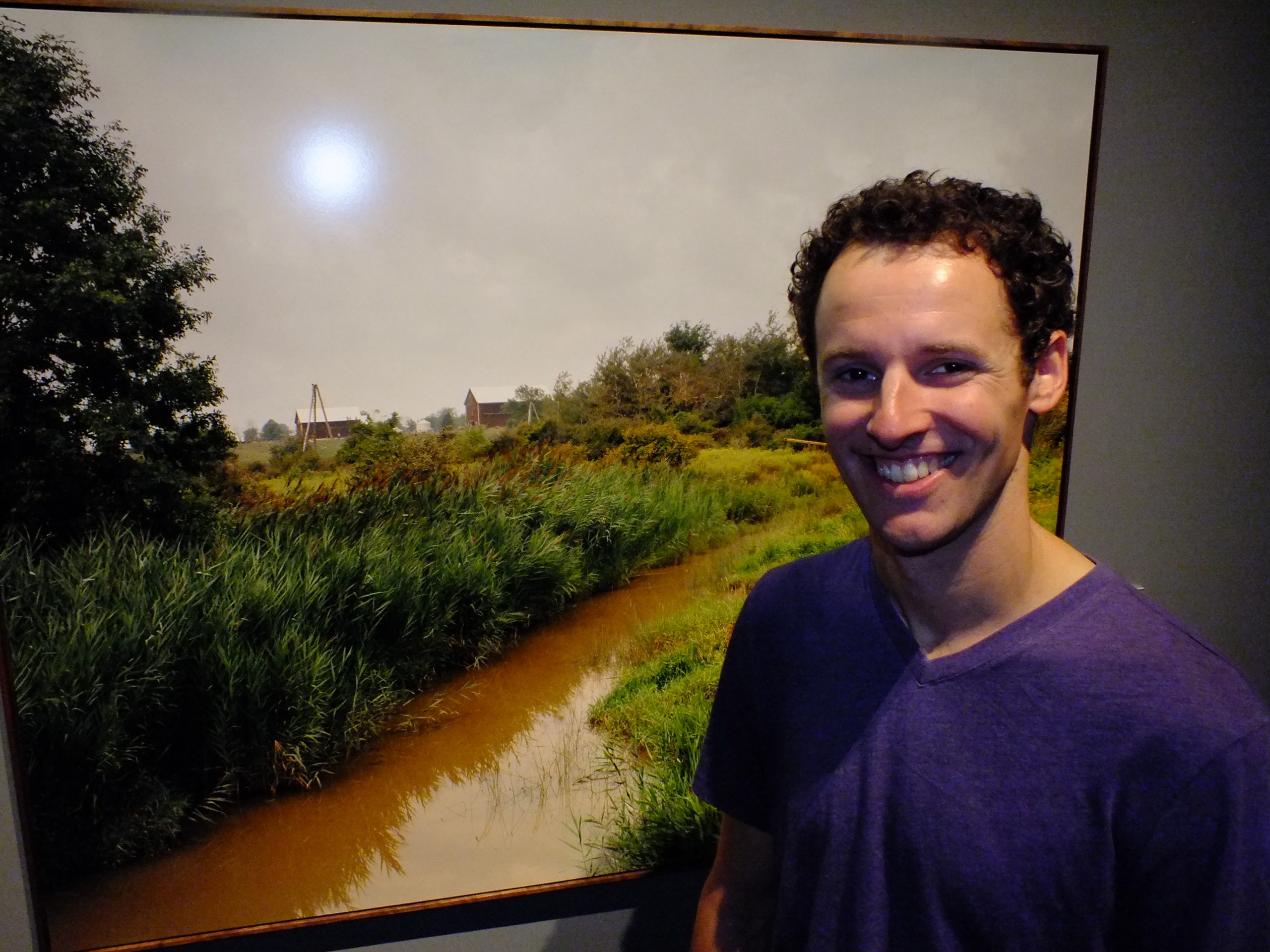Fairweather Road will remain for fair weather drivers.
It’s an area which is prone to flooding. In the spring, public works crews leave the flooded road sign by the side of the road for the season knowing that there will be at least a dozen instances when the road will be under water.
Enniskillen Township has to repair the bridge on the gravel road between Rokeby Line and Shiloh Road and as it was pricing the job, staff considered whether replacing the culvert and adding another one might stop flooding in the low lying area.
Ray Dobbin, who provides drainage services for Enniskillen Township, says adding a second culvert to the project would boost the cost from about $62,000 to nearly $100,000. And he said there were no guarantees the move would make the road flood free.
“It is still going to flood every year…instead of 11 days we might have eight days,” Dobbin told council.
“So it is just the question on whether $25,000 or $30,000 is going to make any difference (because) we don’t know how many days of flooding it is going to cut,” says Mayor Kevin Marriott.
And there would likely be further delays if the project were expanded. Clerk Duncan McTavish says adding an extra culvert in the area would change the flow rates and the township would likely have to prepare a study for the St. Clair Region Conservation Authority on downstream flow rates if it were to move ahead.
“And they you are still left with the point of overflowing on the road,” says McTavish.
Council decided to move ahead with the original repairs. “I’m not sure if that road warrants that kind of money,” says Councilor Mary Lynne McCallum. “It’s not that high traffic of a road.”
– Heather Wright





